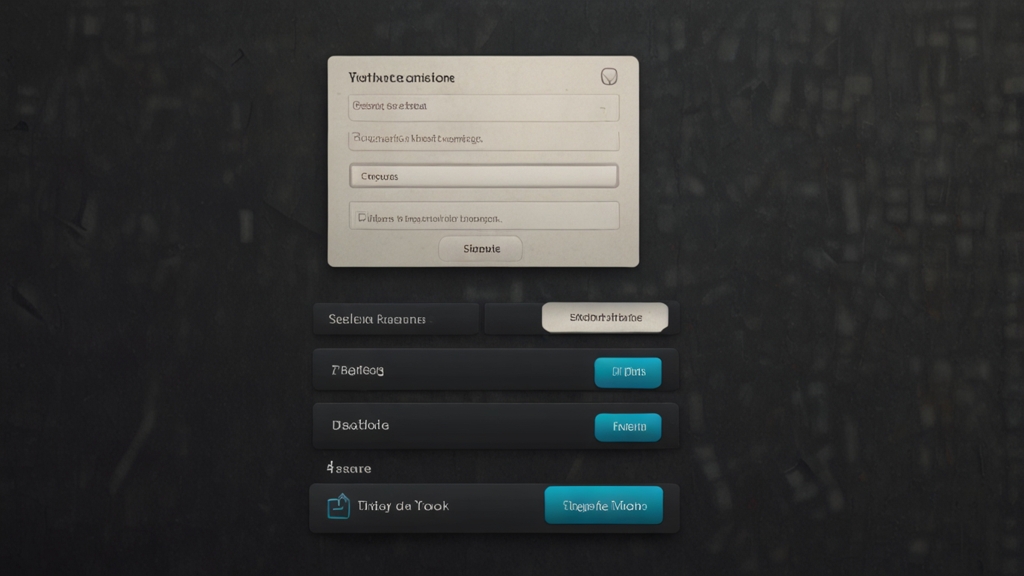Breaking Barriers: How Remote Teams are Changing Software Development
The software development landscape is evolving at an unprecedented rate, and one of the most significant drivers of this transformation is the rise of remote teams. No longer confined to the traditional office environment, developers now collaborate from different corners of the globe, leveraging a wide array of tools and technologies to build robust software solutions. This shift is not only altering the way software is developed but also breaking down a multitude of barriers that once impeded progress. Let’s delve into the various ways remote teams are revolutionizing software development.
Enhanced Collaboration and Communication
One of the key strengths of remote teams is their ability to harness modern communication tools to facilitate seamless collaboration. Technologies such as Slack, Microsoft Teams, and Zoom have become integral components of the remote work ecosystem, enabling real-time interaction irrespective of geographical locations. These tools foster a more inclusive environment, allowing team members to contribute equally and effectively.
"The shift to remote work has democratized software development, giving voice to talented individuals who might have otherwise been marginalized due to geographic or economic barriers." - John Doe, Software Engineer at TechCorp
Access to a Global Talent Pool
Remote work has effectively dissolved the geographical limitations traditionally associated with hiring. Companies are no longer restricted to local talent; they can now access a diverse pool of skilled professionals from across the globe. This international talent influx enriches projects with varied perspectives and innovative approaches, ultimately resulting in more comprehensive and efficient software solutions.
"Our team's diversity is our strength. With members from five different countries, we bring unique solutions to the table that we might never have thought of in a conventional setup." - Jane Smith, Project Manager at Innovatech
Cost Efficiency and Resource Optimization
Remote teams also offer significant cost benefits to organizations. By eliminating the need for physical office space and associated overheads, companies can reallocate resources to other critical areas, such as research and development or employee training. Additionally, remote work can lead to increased productivity as employees often find themselves more comfortable and focused in their home environments.
Furthermore, the flexibility afforded by remote work arrangements can lead to higher job satisfaction and retention rates. Employees who can balance their work and personal lives effectively are more likely to stay motivated and committed, reducing turnover and the associated costs of recruiting and training new hires.
Overcoming Geographical and Time Zone Barriers
One of the most significant hurdles remote teams face is coordinating across different time zones. However, many companies have turned this challenge into an advantage, employing a "follow-the-sun" model where work is handed off between teams in different regions, ensuring continuous progress. This model can drastically reduce project timelines and accelerate the development cycle.
"Our follow-the-sun approach means that our codebase is being worked on 24/7. This has reduced our time-to-market for new features and bug fixes significantly." - Michael Chen, CTO at AgileTech
Technological Advancements and Tools
The rise of remote work has spurred the development of numerous tools specifically designed to support distributed teams. Version control systems like GitHub and GitLab, project management tools like Jira and Trello, and continuous integration/continuous deployment (CI/CD) pipelines have all become indispensable in the remote work toolkit. These tools not only streamline workflows but also ensure that teams remain aligned and projects stay on track.
Additionally, advancements in virtual collaboration technologies, such as cloud-based development environments and video conferencing with low latency, have further bridged the gap between remote and in-office work, making it easier than ever for distributed teams to operate as a cohesive unit.
Conclusion
The impact of remote teams on software development is profound and far-reaching. By breaking down traditional barriers related to geography, cost, and time, remote work is fostering a more inclusive, efficient, and innovative software development environment. As technology continues to advance and attitudes towards remote work evolve, the influence of distributed teams on the industry is likely to grow even stronger, heralding a new era in software development.













